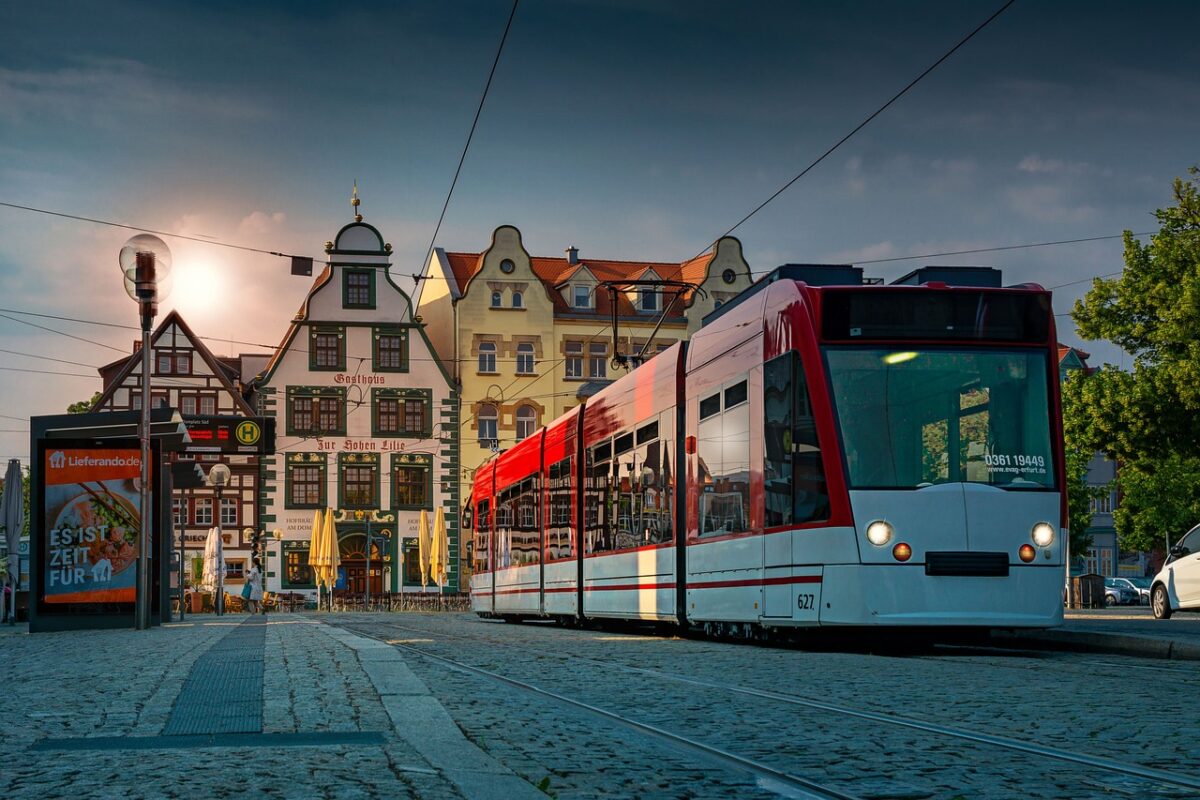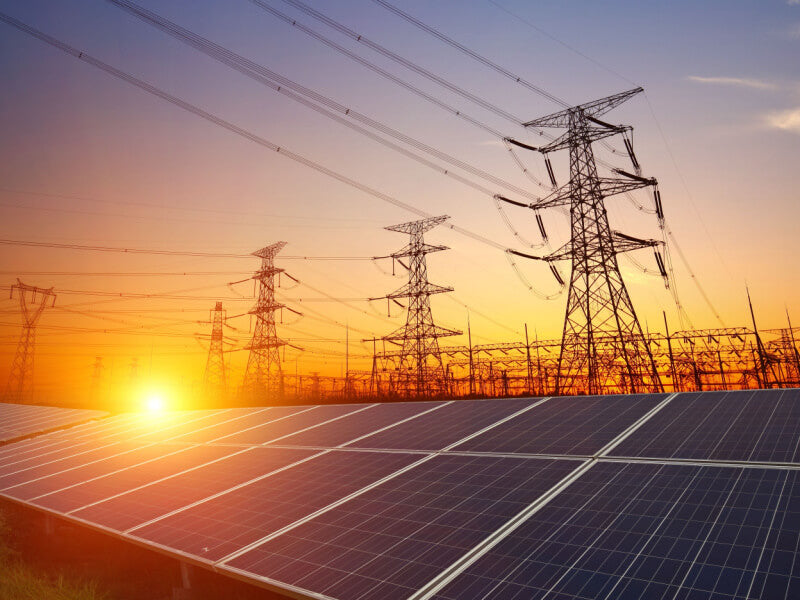https://www.pv-magazine.com/2023/11/16/residential-photovoltaics-for-urban-loads-as-an-antidote-to-pv-curtailment/
Residential PV for urban loads as an antidote to solar curtailment

Image: Tabor, Pixabay
A group of researchers at the Netherlands' Delft University of Technology (TU Delft) has proposed the use of power generated by residential PV systems for traction substations and nearby residential loads, in an effort to reduce curtailment.
Residential PV curtailment is on the rise in the Netherlands, due to increasing grid capacity issues, as recently reported by Dutch power and gas supplier Liander. The company said there was an increase in curtailment events from 1,074 in the first half of 2022 to 3,476 in the same period this year, with Gelderland and Noord-Holland being the most affected regions. Liander said it also expects curtailment to rise further as more PV systems are installed, particularly with the phase-out of the net-metering scheme in 2025.
The scientists said the integration of PV systems in urban traction grids such as trams or trolleybuses poses a series of challenges. One major issue is represented by the fact that these loads are stochastic and unpredictable due to the movement of the vehicle. Then, when a vehicle moves from one substation to another, the load disappears abruptly from the first substation.
“Traction grids are particular grids with no base loads and with high, unpredictable power peaks caused by vehicle acceleration,” they explained.
In residential loads, by contrast, a base load is present, although there are no load peaks during peak PV power generation periods.
“Therefore, there is an expected synergy in coupling traction substations and nearby residential loads in increasing the overall matching between load and generation,” the academics stated. “Furthermore, rooftop PV systems can offer physical installation space otherwise, which is otherwise scarcely available in urban environments for the transport grids.”
In the proposed system configuration, traction substations and nearby households form a single load entity via the low-voltage AC grid. The residential PV systems of a given area supply first the closest residential loads and then send surplus power through the low-voltage connection to the nearby traction loads.
Through a series of simulations, the research group found that the system has a positive effect on both low and high-traffic substations when sharing a PV system with any number of households.
Popular content
“This means that a shared, multi-stakeholder system offers less of a need for storage, curtailment, and grid exchange, as well as a net benefit in the direct load coverage per installed capacity,” the researchers said. “This meant that the return on the investment in a share of a combined system brings more load coverage than having installed a dedicated PV system to one stakeholder of the size of that share.”
Looking forward, the scientists said they have to identify an optimal sizing method to the number of connected households and PV system size at a traction substation. They presented their findings in “A shared PV system for transportation and residential loads to reduce curtailment and the need for storage systems,” which was recently published in Applied Energy.
In 2019, UK-based climate change charity 10:10 developed a demonstrator solar array in partnership with Community Energy South and national rail infrastructure operator Network Rail. According to its developers, a solar plant can theoretically be connected to any traction substation and supply from five to 10 km of the track in either direction.
In March 2022, the Development Bank of South Africa (DBSA) unveiled a plan to deploy photovoltaic power solutions for the Gautrain system – an 80 km rail system in Gauteng linking Johannesburg, Pretoria, Ekurhuleni, and the O.R. Tambo International Airport.
In related solar train news, the Swiss South Eastern Railway AG (SOB) commissioned a feasibility study from Swiss CMT AG a few years ago, with the aim of reducing its energy requirements and operating costs. It found that solar PV is “well-suited” for installation on the roofs of train stations, halls, and the soundproofed walls along railway lines.
Another recent study by Indian NGO Climate Trends and UK green-tech startup Riding Sunbeams suggested self-generated solar power would be an optimal way of helping Indian Railways meet its 2030 net-zero target, given the rapid cut in carbon emissions and cost advantages it would offer.
This content is protected by copyright and may not be reused. If you want to cooperate with us and would like to reuse some of our content, please contact: editors@pv-magazine.com.




